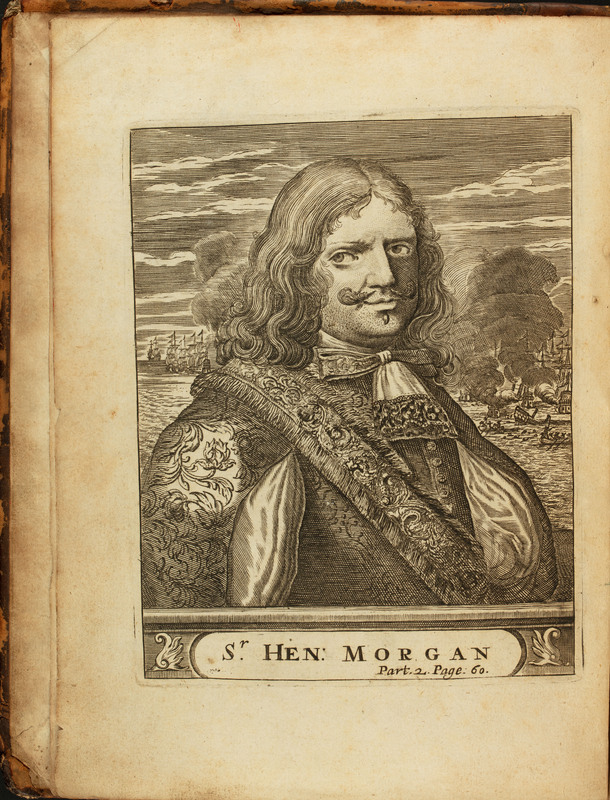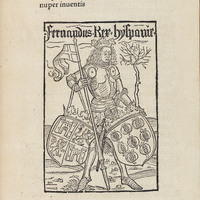Privacy and Risk
Tricky and risky negotiations and adventures, amicable but sometimes volatile transactions, violence, robberies, unexpected attacks on coastal areas, and the imposition of fear and threat constituted crucial elements of piracy narratives. The Americas, or so-called “New World" served as perfect scenarios for British, French, and Dutch pirates, privateers, and buccaneers to engage in risky encounters with the aim to acquire riches. However, the Barbary coast and the Pacific coasts also represented centers of piracy. To engage in the business of piracy represented an act worthy of the risks taken, as it entailed a profitable business in which illegality was considered an acceptable means of commercial and diplomatic exchange.
Works Included
This book is considered the most important work written on piracy during the
seventeenth century. It was first published in 1678 in Amsterdam. Exquemelin (c.1645-
1701) himself was a French privateer who was sold to the West India Company of
France, and, after gaining freedom, settled in the Caribbean, namely on the island of
Tortuga along with Henry Morgan. This book describes the adventures of the different
buccaneers who roamed the Caribbean islands and the coasts of Central America and
includes their violent attacks, their risky endeavors, and their encounters with the
inhabitants of these territories. It also offers descriptions of all these lands and their
population.


